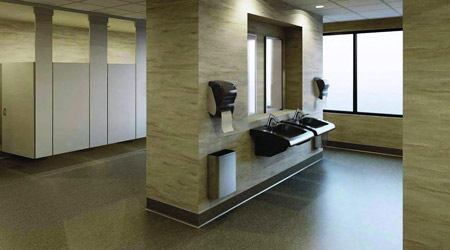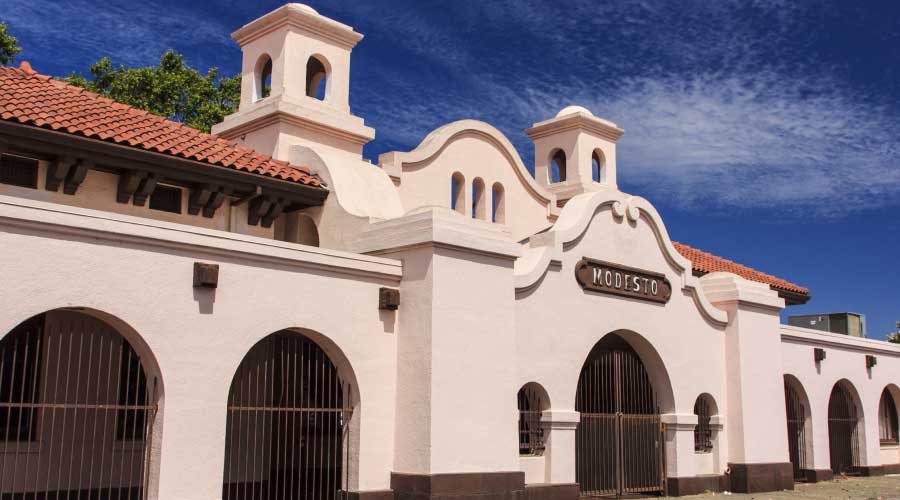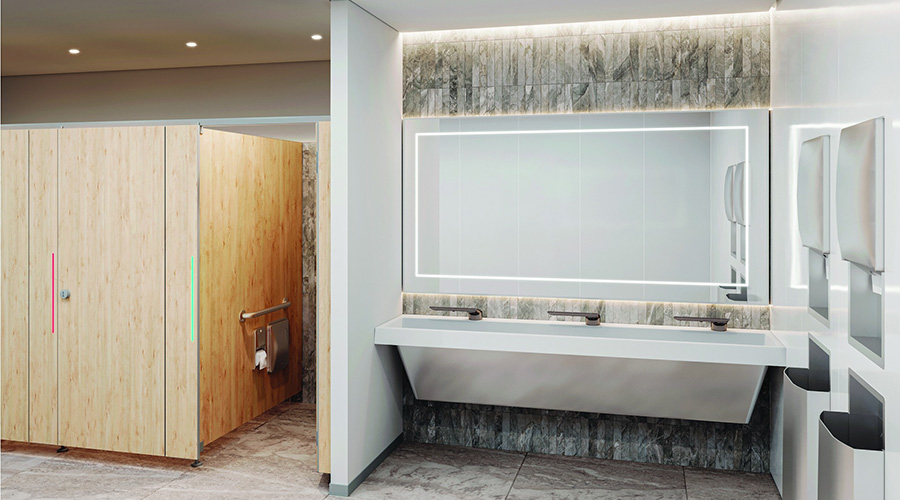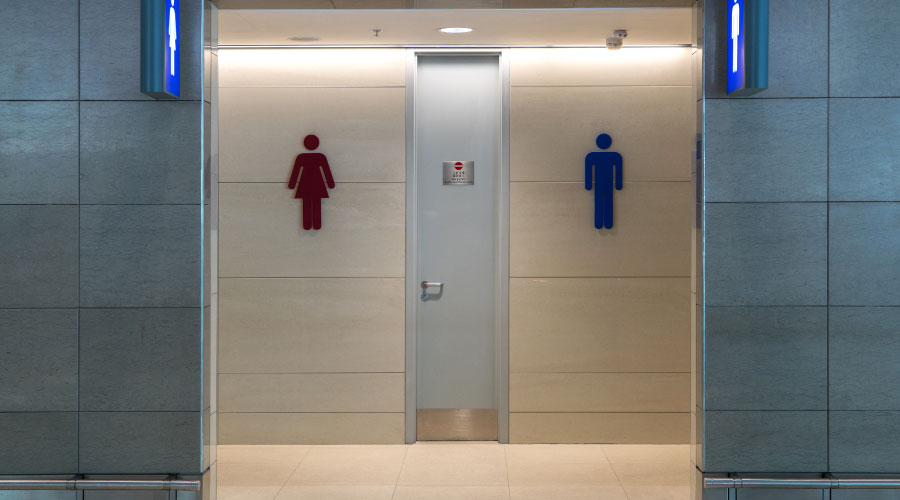 Bradley Corp.
Bradley Corp.5 Steps to Ensuring Plumbing Upgrades Last
By effectively diagnosing plumbing problems and performing successful upgrades, managers can help minimize utility costs
Maintenance and engineering managers can direct and influence the maintainability of finished plumbing and restroom upgrades and ensure the effectiveness of post-installation maintenance by addressing several key issues early in the planning process:
Check ADA requirements. Public establishments must provide access for all visitors and occupants. In existing establishments, this requirement means that organizations must make reasonable modifications in order to provide access to restrooms and accessibility within restrooms.
Managers should pay particular attention to these areas: the force — 5 pounds or less — to open doors and turn on faucets or operate flush valves; proper doorway and toilet stall clearances for wheelchairs; at least one accessible restroom per floor; Braille signage giving restroom directions; and clearance under and lowered height for lavatories and mirrors. Focus on PM and PdM. These cost-effective and proven maintenance strategies can help managers influence the maintainability of plumbing systems and other key areas of restrooms.
Obtain manufacturer’s instructions. Technicians need to have easy access to these essential materials. They contain recommended PM schedules, installation practices, design specifications, installation dimensions, required clearances, service piping locations, and spare parts lists.
Obtain recommended spare parts. Manufacturer manuals also contain the diagrams of all required parts, such as sink faucet cartridges. These internal moving parts wear out every year or two, depending on frequency of use.
Managers can use the list of suggested spare parts to order the correct spares for the storeroom. Using standard fixtures for all restrooms requires storing only one or two spare cartridges, but using many fixture designs requires keeping at least one of each design on hand.
Provide the right tools. Front-line technicians need to have the right tools for new fixture designs. Some of these designs require tools not needed with the older designs. Also, not all technicians have the same set of tools. This issue is especially important when technicians supply their own tools.
Many departments perform tool inspections to improve technicians’ productivity. Supervisors performing these inspections compare the list of the tools that each technician should have to the tools that are actually in each toolbox. They note any discrepancies and the technician is required to purchase those tools. Some departments pay tool allowances for replacement of worn-out tools and equipment, as well as for buying tools for new applications.
While many of these opportunities for efficiency seem to be common sense, they are not always in the realm of responsibility of managers in many organizations. For this reason, managers might need to be more insistent than usual when involving themselves in plumbing system upgrades. The justification for doing so is to lower the overall cost during specification, installation and beyond — a goal any organization should understand and appreciate.
Thomas A. Westerkamp is a maintenance and engineering management consultant and president of the work management division of Westerkamp Group LLC.
Related Topics:














